-
Doctors
-
Specialities & Treatments
Centre of Excellence
Specialties
Treatments and Procedures
Hospitals & Directions HyderabadCARE Hospitals, Banjara Hills CARE Outpatient Centre, Banjara Hills CARE Hospitals, HITEC City CARE Hospitals, Nampally Gurunanak CARE Hospitals, Musheerabad CARE Hospitals Outpatient Centre, HITEC City CARE Hospitals, Malakpet
HyderabadCARE Hospitals, Banjara Hills CARE Outpatient Centre, Banjara Hills CARE Hospitals, HITEC City CARE Hospitals, Nampally Gurunanak CARE Hospitals, Musheerabad CARE Hospitals Outpatient Centre, HITEC City CARE Hospitals, Malakpet Raipur
Raipur
 Bhubaneswar
Bhubaneswar Visakhapatnam
Visakhapatnam
 Nagpur
Nagpur
 Indore
Indore
 Chh. Sambhajinagar
Chh. SambhajinagarClinics & Medical Centers
Book an AppointmentContact Us
Online Lab Reports
Book an Appointment
Consult Super-Specialist Doctors at CARE Hospitals
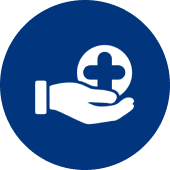
Thoracic and Thoracoabdominal Aortic Aneurysm
Thoracic and Thoracoabdominal Aortic Aneurysm
Thoracic and Thoracoabdominal Aortic Aneurysm Treatment in Hyderabad, India
Aorta is the main vessel of the human body that feeds it and supplies oxygenated blood to the organs and other parts. The condition when it gets weak, the blood inside can push the arterial wall and cause a bulge like structure. This condition is known as a thoracic aortic aneurysm. The bulge is an aneurysm caused inside the aorta.
The aorta can get dissected due to the thoracic aortic aneurysm or thoracic aneurysm. The location on which the aorta is weak gets the name horacic (lungs) or thoracoabdominal (chest and abdomen).
The internal bleeding can be fatal if the dissected aorta isn’t treated timely. These aneurysms are large and growing fast to get ruptured. Although the small aneurysms are less likely to get ruptured and be easily treated.
An emergency situation is planned according to the location, size, the severity of the aneurysm. The growth rate can also differ and if it’s growing at a rapid rate, surgery is suggested.
Doctors at CARE Hospitals work exclusively to diagnose and treat conditions like thoracic aortic aneurysms.
Symptoms
An aneurysm can slowly grow without any symptoms. Some of the thoracic aortic aneurysms are small and intend to stay small without causing any serious damage to the body.
These thoracic aortic aneurysms may never rupture and stay in one place as a small bulge but can expand if untreated. It is difficult to predict the speed of growth of a thoracic aortic aneurysm.
With the growth of the thoracic and thoracoabdominal aortic aneurysm, a person may experience the following symptoms-
- Tenderness in the chest
- Pain in the chest
- Back pain
- Hoarseness
- Cough
- Shortness of breath
These can develop anywhere with the aorta; from the heart to the chest to the abdomen. Chest aneurysms are called thoracic aortic aneurysms and those related to the stomach are called thoracoabdominal aortic aneurysms.
Causes
A thoracic aortic aneurysm is a bulging or ballooning in the wall of the aorta, the large blood vessel that carries oxygenated blood from the heart to the rest of the body. Several factors can contribute to the development of a thoracic aortic aneurysm, and these may include:
- Atherosclerosis: The most common cause of thoracic aortic aneurysms is atherosclerosis, a condition characterized by the buildup of plaque on the inner walls of arteries. Over time, this can weaken the aortic wall, making it susceptible to an aneurysm.
- Genetic Factors: There is a genetic component to the development of aortic aneurysms. Individuals with a family history of aortic aneurysms are at an increased risk, and certain genetic syndromes, such as Marfan syndrome and Ehlers-Danlos syndrome, can predispose individuals to aneurysm formation.
- Connective Tissue Disorders: Conditions that affect the connective tissue, such as Marfan syndrome, Ehlers-Danlos syndrome, and Loeys-Dietz syndrome, can weaken the aortic walls and contribute to the formation of aneurysms.
- High Blood Pressure (Hypertension): Persistent high blood pressure can place increased stress on the walls of the aorta, potentially leading to the development of an aneurysm over time.
- Inflammatory Diseases: Inflammatory conditions, such as giant cell arteritis or Takayasu arteritis, can cause inflammation of the blood vessels, weakening the arterial walls and increasing the risk of aneurysm formation.
- Infections: Infections that affect the aorta, such as syphilis or mycotic infections, can lead to inflammation and weaken the vessel walls, contributing to the development of an aneurysm.
- Trauma or Injury: Aortic trauma, such as blunt trauma or injury, can damage the aorta and predispose it to aneurysm formation. This is more commonly associated with traumatic injuries rather than spontaneous aneurysm development.
- Age and Gender: Advancing age is a risk factor for aortic aneurysms, with the risk increasing as individuals get older. Men are also more commonly affected than women.
Risks
There are many risk factors associated with thoracic aortic aneurysms that need to be taken seriously.
-
Age- when a person is over or around 65, they are more prone to thoracic and other aortic aneurysms.
-
Tobacco use- is one of the leading risk factors associated with thoracic and related aortic aneurysms.
-
High blood pressure - High blood pressure can damage the blood vessels and contribute to the thoracic and related aortic aneurysms.
-
Plagues buildup- Fat and other substances can build up around the blood vessels and damage their lining. It is common in older people and causes a thoracic aortic aneurysm.
-
Family genes and history- Young people can also acquire thoracic and related aortic aneurysms if they have a family history of the same.
-
Marfan syndrome and related factors- conditions like Loeys-Dietz syndrome, Marfan syndrome or vascular Ehlers-Danlos syndrome can contribute to the same.
-
Bicuspid aortic valve- if you have 2 cusps instead of 3, you’ll be prone to thoracic and related aortic aneurysms.
Diagnosis
-
Medical tests including physical examinations, routine check-ups, ultrasounds, CT scans, and X-ray scans can detect thoracic and related aortic aneurysms.
-
One will be required to tell the medical history and previous medications if taken. The family history is also evaluated in the same way.
-
If the preliminary examinations confirm the presence of thoracic and related aortic aneurysms, doctors will conduct the secondary examinations to give suitable treatment.
Screening tests
-
Echocardiogram- the ascending aorta and heart is diagnosed with the help of sound waves used in an echocardiogram. It is done to know and diagnose the functioning of heart chambers and valves. It can also screen the family members and diagnose thoracic and related aortic aneurysms. A transoesophageal echocardiogram can also be diagnosed if the doctor wants a proper picture of the aorta.
-
Computed tomography or CT- the cross-sectional of the body and images of the aorta are made with the help of X-rays using CT scans. The size and the location of the aneurysm are judged by this. You’ll lay down on the table where the procedure is carried, a dye may also be injected inside the veins to know the aorta clearly. If one has Marfan syndrome, they are given daily radiation treatment to know the status of the aneurysms.
-
Magnetic resonance imaging or MRI- the pictures of the body are made using radio waves and a magnetic field. It can diagnose the thoracic and related aortic aneurysms, their sizes and locations. Magnetic resonance angiography can also be used to know the status of the aorta.
-
Genetic testing- if one has a family history of thoracic and related aortic aneurysms or any other genetic markup; they would have to have the test to know the risk for further development.
Treatments
Aortic surgery is the definitive treatment for thoracic aortic aneurysms, and various surgical approaches are utilized:
- Traditional Open Surgery:
- Involves a midline chest incision.
- The damaged segment of the aorta is excised, and a fabric tube (graft) replaces it.
- Suitable for aneurysms in the ascending aorta and complex aneurysms in the chest and abdominal regions.
- Thoracic Endovascular Aortic Repair (TEVAR):
- A minimally invasive procedure for aneurysms in the descending aorta.
- Small incisions near the groin provide access to the femoral artery.
- A catheter guides the graft to the aneurysm site, where it is deployed.
- Aortic Root Replacement:
- Addresses aneurysms in the aortic root, which connects to the heart.
- May involve replacing the aortic valve, or valve-sparing techniques may be employed to preserve the natural valve.
- Surgeons may employ a combination of approaches, such as a mix of open surgery and endovascular methods, based on the specific characteristics of the aneurysm. Seeking care at a specialized aorta center that focuses on treating aortic diseases can provide a range of options and enhance the overall treatment outcome.
Monitoring
-
The management along with the medication and imaging tests is monitored by the doctors to treat thoracic and related aortic aneurysms.
-
Every 6 months the echocardiogram, MRI, and CT are conducted to know the status of thoracic and related aortic aneurysms. Regular follow-ups are also important to know its rate of growth.
Surgery
-
When the thoracic and related aortic aneurysms get about 1.9 to 2.4 inches, surgery is recommended. The type of surgery will be dependent on the condition, size, and type of aneurysms.
-
Open-chest surgery- a synthetic tube called a graft is inserted after removing the damaged part of the aorta. This surgery is called open chest surgery.
-
Endovascular surgery- is done by inserting the graft into the aorta. It is done via the leg and is installed as a thread up into the aorta.
Prevention
Preventing this condition is challenging due to the absence of specific measures; however, there are ways to reduce the risk of aortic aneurysms, particularly those caused by atherosclerosis. Consider the following steps:
- Control blood pressure and manage cholesterol levels.
- Adopt a heart-healthy diet, such as the Mediterranean Diet.
- Abstain from all tobacco products.
- Gradually engage in at least 150 minutes of moderate-intensity exercise weekly, after consulting with your healthcare provider about a new exercise regimen.
- Schedule an annual check-up with a healthcare provider and attend all follow-up appointments.
Why choose CARE Hospitals in India?
At CARE Hospitals in India, we try to provide services close to home that benefit the entire community. We aim to treat each person as an individual, not a patient, an ailment, or an appointment - it's central to all we do. One passion drives our commitment to education, research, and the people we serve: linking our patients, team members, and communities to their health.
Our Doctors
-

Dr. Tarun Gandhi
MS, FVES
Vascular & Endovascular Surgery
View More -
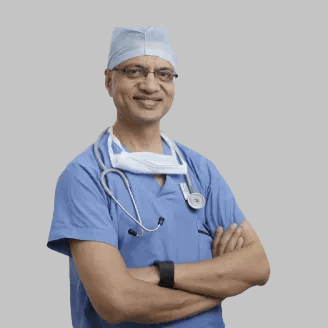
Dr. P C Gupta
MBBS, MS, FICA, FIVS (Japan)
Vascular & Endovascular Surgery
View More -
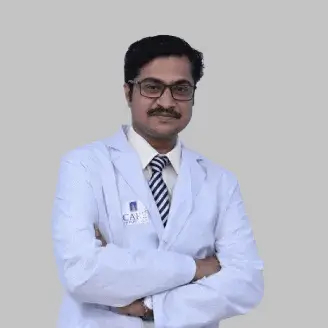
Dr. Ashish N Badkhal
MBBS, MS, MCh
Vascular Surgery
View More -
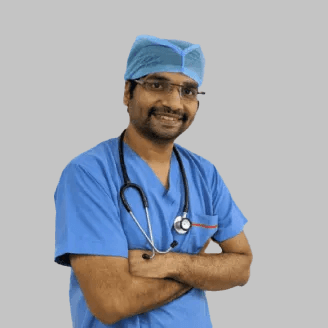
Dr. Ashok Reddy Somu
MBBS, MD, FVIR
Vascular & Interventional Radiology
View More -
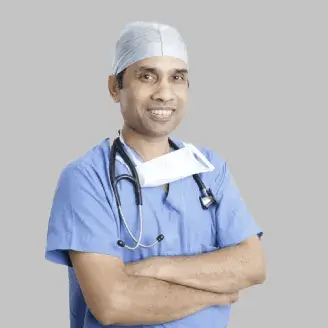
Dr. B. Pradeep
MBBS, MD, DNB, FRCR CCT (UK)
Vascular & Interventional Radiology
View More -

Dr. Gnaneswar Atturu
MBBS, MS, DNB, MRCS, FRCS, PgCert, Ch.M, F.I.P.A, MBA, PhD
Vascular & Endovascular Surgery
View More -
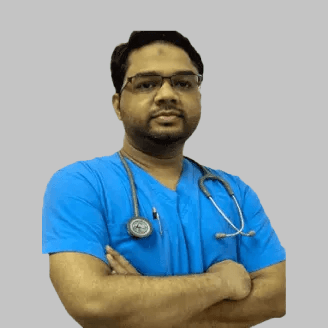
Dr. Mustafa Razi
MBBS, MD
Vascular & Interventional Radiology
View More -
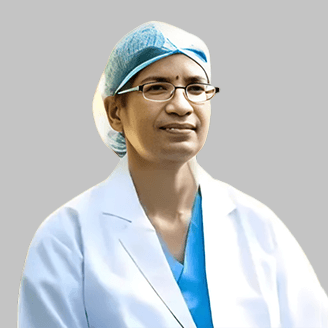
Dr. N. Madhavilatha
MBBS, MS, PDCC
Vascular & Endovascular Surgery
View More -
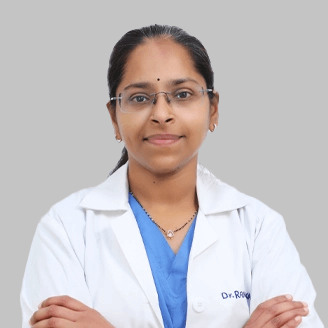
Dr. Radhika Malireddy
MBBS, DNB (General Surgery), DrNB (Plastic & Reconstructive Surgery), Post-Doctoral Fellowship in Diabetic Foot Surgery
Vascular & Endovascular Surgery
View More -
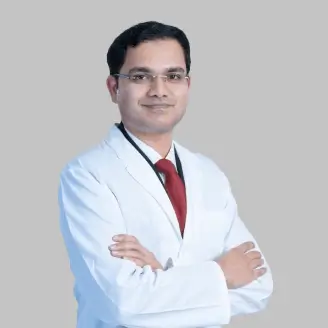
Dr. Rahul Agarwal
MBBS, DNB (General Surgery), FMAS, DrNB (Vasc. Surg)
Vascular & Endovascular Surgery
View More -
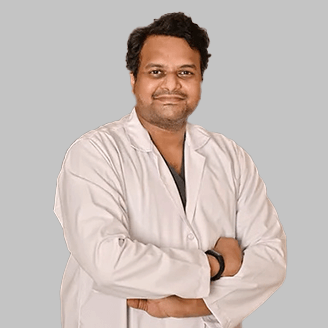
Dr. Rajesh Poosarla
MBBS, MD, DNB, DM (Gold Medalist), EBIR, FIBI, MBA (HA)
Interventional Radiology
View More -
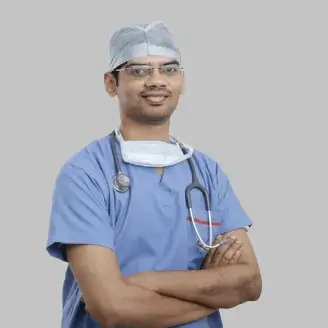
Dr. S. Chainulu
MBBS, DNB (Radio-Diagnosis)
Vascular & Interventional Radiology
View More -
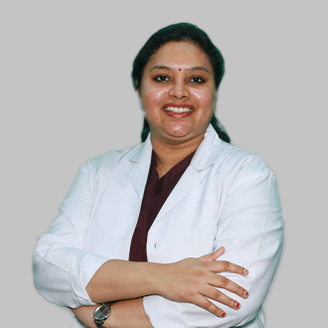
Dr. Sailaja Vasireddy
MBBS, DrNB (CTVS)
Cardiac Surgery, Vascular Surgery
View More -
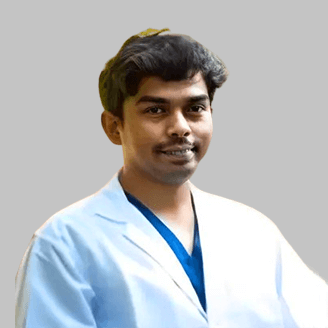
Dr. Santhosh Reddy K
MBBS, MD
Radiology
View More -
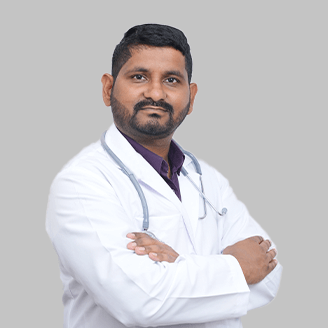
Dr. Sudheer Gandrakota
MBBS, DNB, CTVS
Cardiac Surgery, Vascular Surgery
View More -
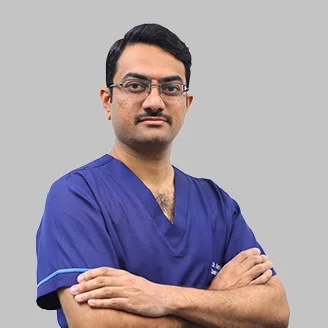
Dr. Surya Kiran Indukuri
MBBS, MS (General Surgery), DrNB (Vascular & Endovascular Surgery)
Vascular & Endovascular Surgery
View More -

Dr. V. Apoorva
MBBS, MS (General Surgery), DrNB Vascular surgery
Vascular & Endovascular Surgery
View More -
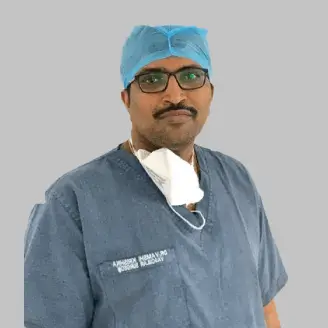
Dr. Vamsi Krishna Yerramsetty
MBBS, DNB, FIVS
Vascular & Endovascular Surgery
View More -
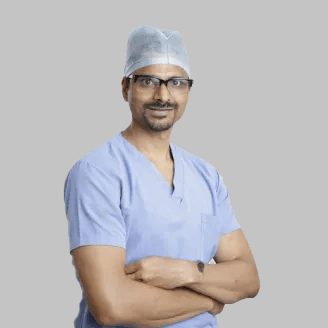
Dr. Venugopal Kulkarni
MBBS, MS, MRCS, FRCS
Vascular & Endovascular Surgery
View More -

Dr. Vivek Lanje
MBBS, DNB (General Surgery), Mch (Cardiovascular & Thoracic Surgery)
Vascular Surgery
View More
Frequently Asked Questions
Still Have a Question?

